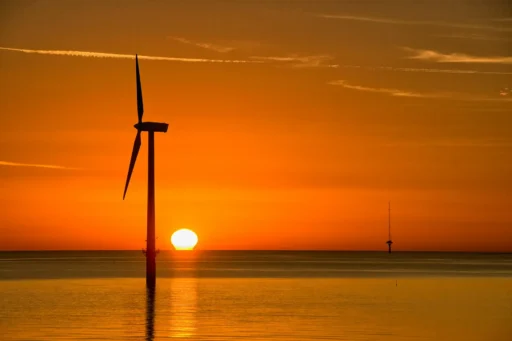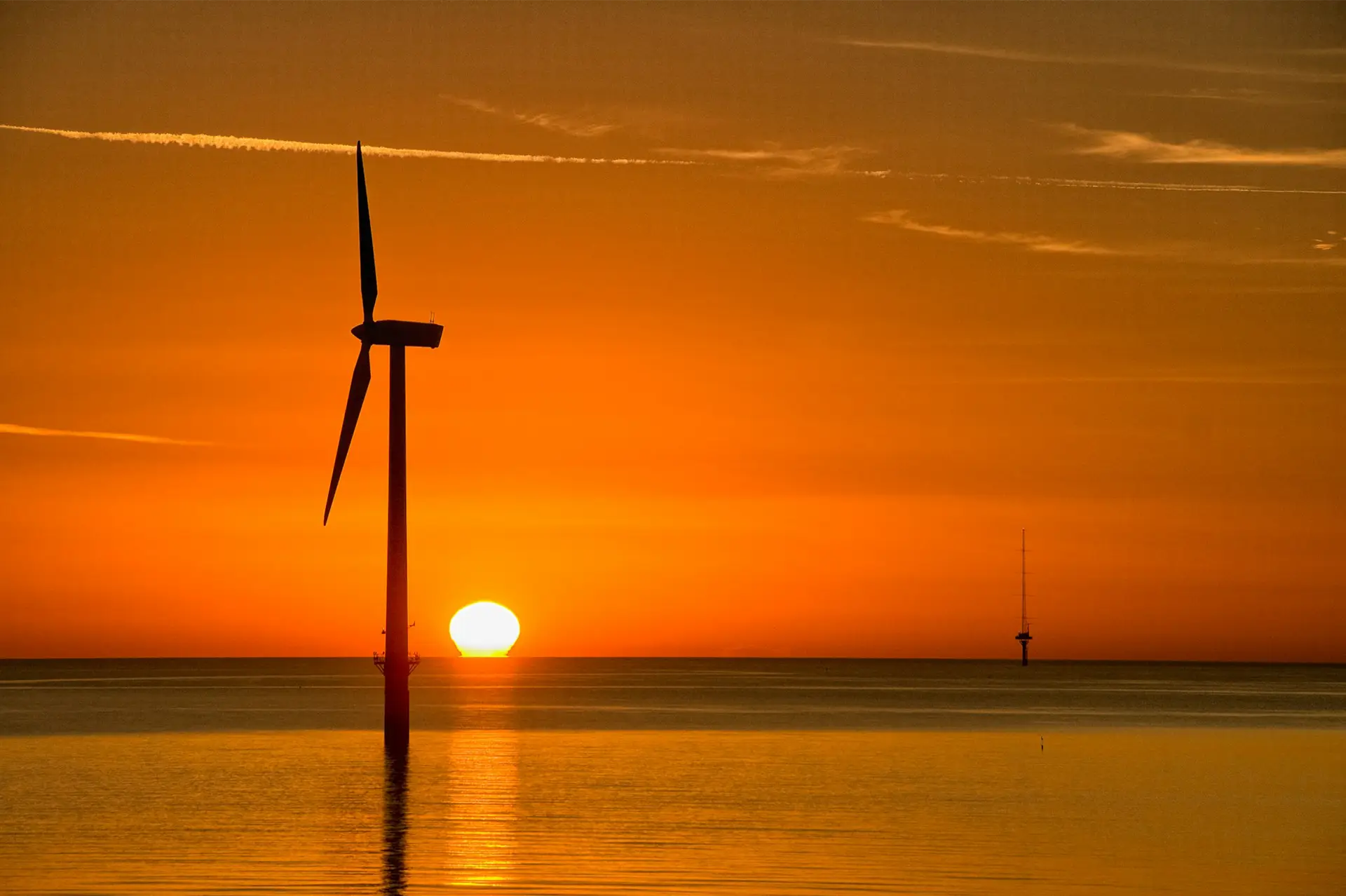The survey findings highlight a significant potential for reducing the Levelized Cost of Energy (LCOE) in offshore wind projects. This reduction can be achieved through increased production of megawatt-hours (MWh), the implementation of novel technologies, and effective cost mitigation strategies. The opportunities for improvement are diverse, particularly in fostering collaboration among industry players to drive innovation and create value.
The foundation for progress lies in organizational knowledge sharing, serving as the catalyst for new developments and strategic innovations. To establish a robust and competitive energy source, the industry must prioritize partnerships and collaboration for strategic innovation, uniting efforts to achieve common objectives.
In terms of research limitations and implications, Knowledge Sharing for Continuous Improvement (KSCI) is a broad research area. The results presented and the framework proposed for reducing the Cost of Energy (CoE), ensuring continuous improvement, and enhancing knowledge sharing are open for further development and discussion.
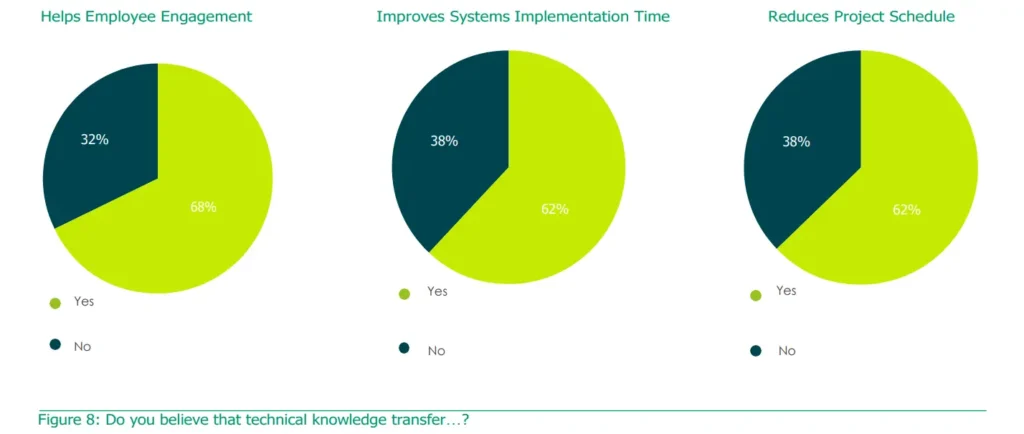
The practical implications of the research paper shed light on how offshore wind power CoE can be diminished through innovation, industrialization, knowledge sharing, continual improvements, and stakeholder partnerships, including collaboration with academia, in the offshore wind energy sector.
The Principal Concern for the Offshore Wind Development: Data Secrecy
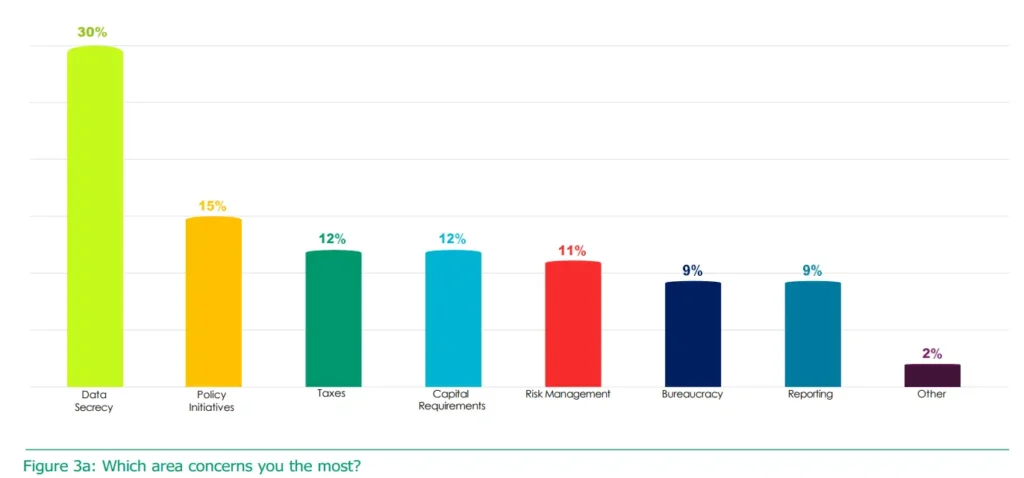
When delving into specific regulations, the survey reveals a predominant concern among 30 per cent of respondents, with data secrecy emerging as the top priority (refer to Figure 3a). This emphasis on data confidentiality is grounded in the acknowledgement that, while many researchers and wind energy experts advocate for the scientific and ethical ideal of data sharing, there prevails a pervasive skepticism among professionals about making their data publicly accessible.
This nuanced perspective reflects the delicate balance between the pursuit of knowledge dissemination and the need to safeguard proprietary or sensitive information within the wind energy sector.
The purpose of this survey was to show how knowledge sharing and value creation can support lifetime sustainability of offshore wind installations. According to the findings, it seems that the reduction of offshore wind investments LCOE started to slow down markedly in the course of 2014, indicating that possibly the easy pickings have already been reserved, and now the industry as a whole must – in collaboration with Academia – identify new opportunities for lowering LCOE and establish offshore wind longevity
Effective Management Strategies for Continuous Cost Reduction
Reducing the Levelized Cost of Energy (LCOE) in offshore wind projects requires effective management and continual improvements. Implementing robust management practices that focus on optimizing efficiency, streamlining processes, and adopting innovative technologies can contribute significantly to cost reduction.
Continual improvements, informed by regular assessments and feedback mechanisms, play a crucial role in identifying areas for enhancement. This iterative approach ensures that offshore wind projects evolve with the latest advancements and best practices, ultimately leading to a more cost-effective and sustainable energy solution.
By fostering a culture of adaptability and innovation within project management, stakeholders can proactively address challenges and seize opportunities for efficiency gains. This strategic and dynamic approach is essential for navigating the evolving landscape of offshore wind energy and achieving long-term success in cost reduction initiatives.
The Existing Regulatory Framework: A Complex Landscape of Concerns
The offshore wind industry grapples with apprehensions stemming from various facets of the current regulatory framework. These concerns span trade transparency, tax system reforms, capital requirements, and disparities between domestic and international directives. The intricacies of regulatory, policy, and institutional reforms are pivotal for enhancing risk sensitivity, simplicity, and competitiveness. However, the multitude of regulations underscores the diverse and extensive compliance obligations faced by offshore wind power firms.
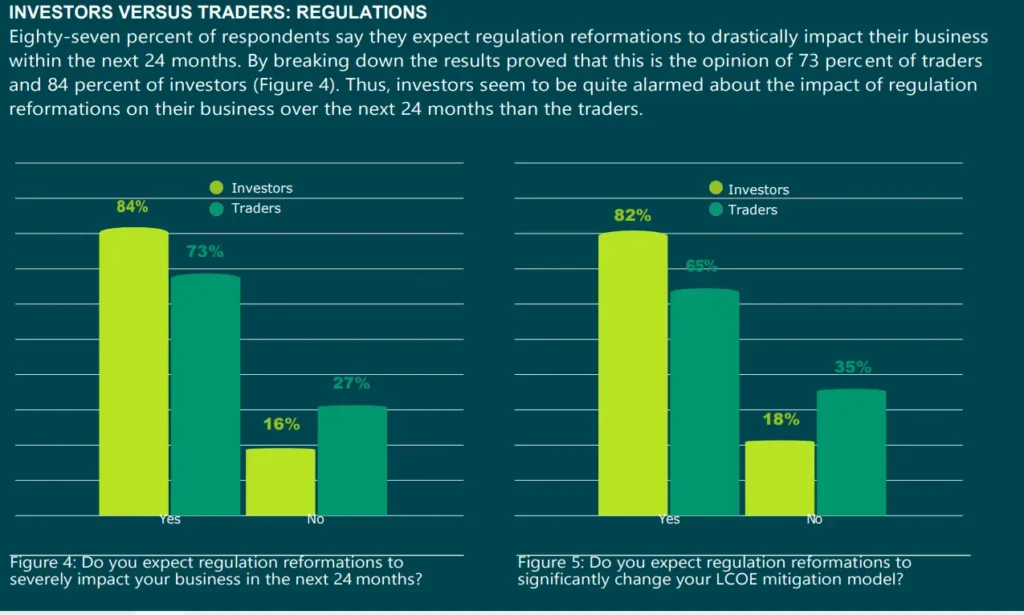
Navigating the intricate web of regulatory requirements necessitates a nuanced understanding of the synergistic interactions of regulatory risks. This task is further complicated and often poses challenges due to significant variations in market conditions and policy mandates.
Here, technology emerges as a potential ally, offering avenues for facilitating knowledge transfer, fostering innovation, and creating value within the dynamic landscape of offshore wind power regulation. The industry’s ability to leverage technology effectively becomes paramount in addressing these multifaceted regulatory challenges and navigating towards sustainable growth.


